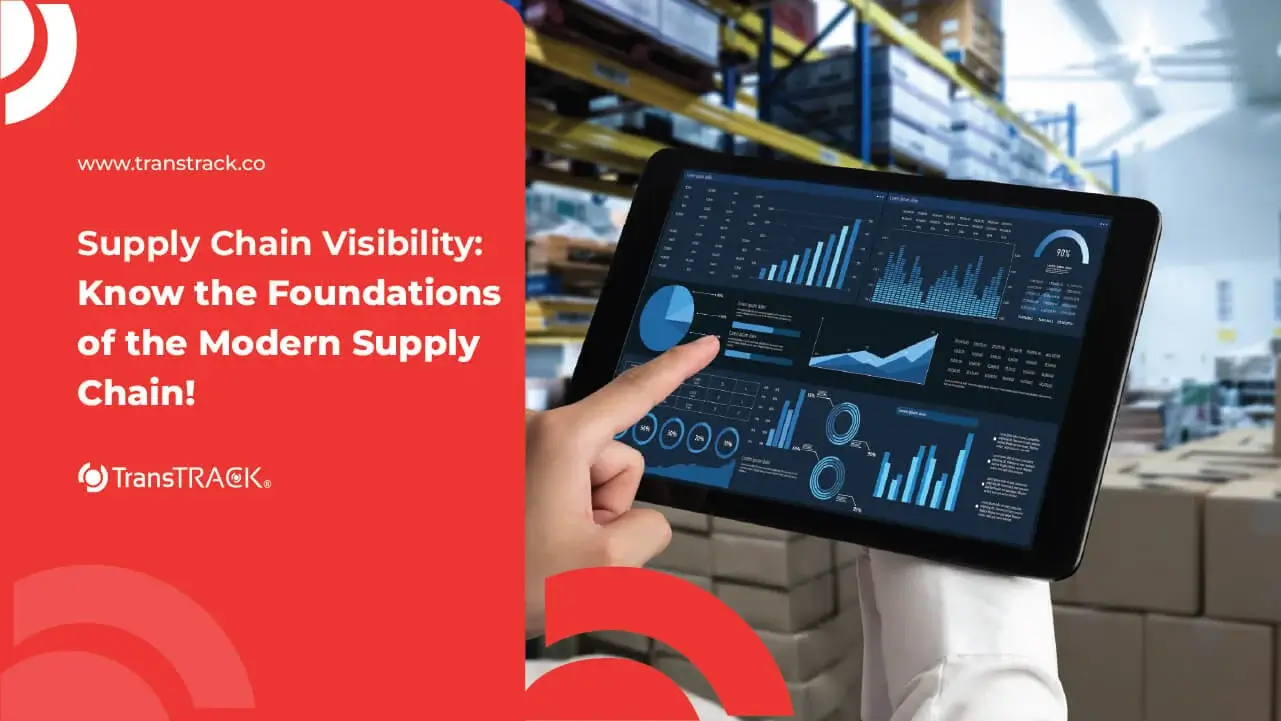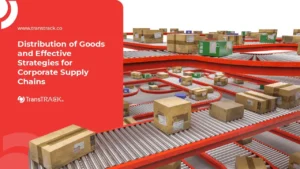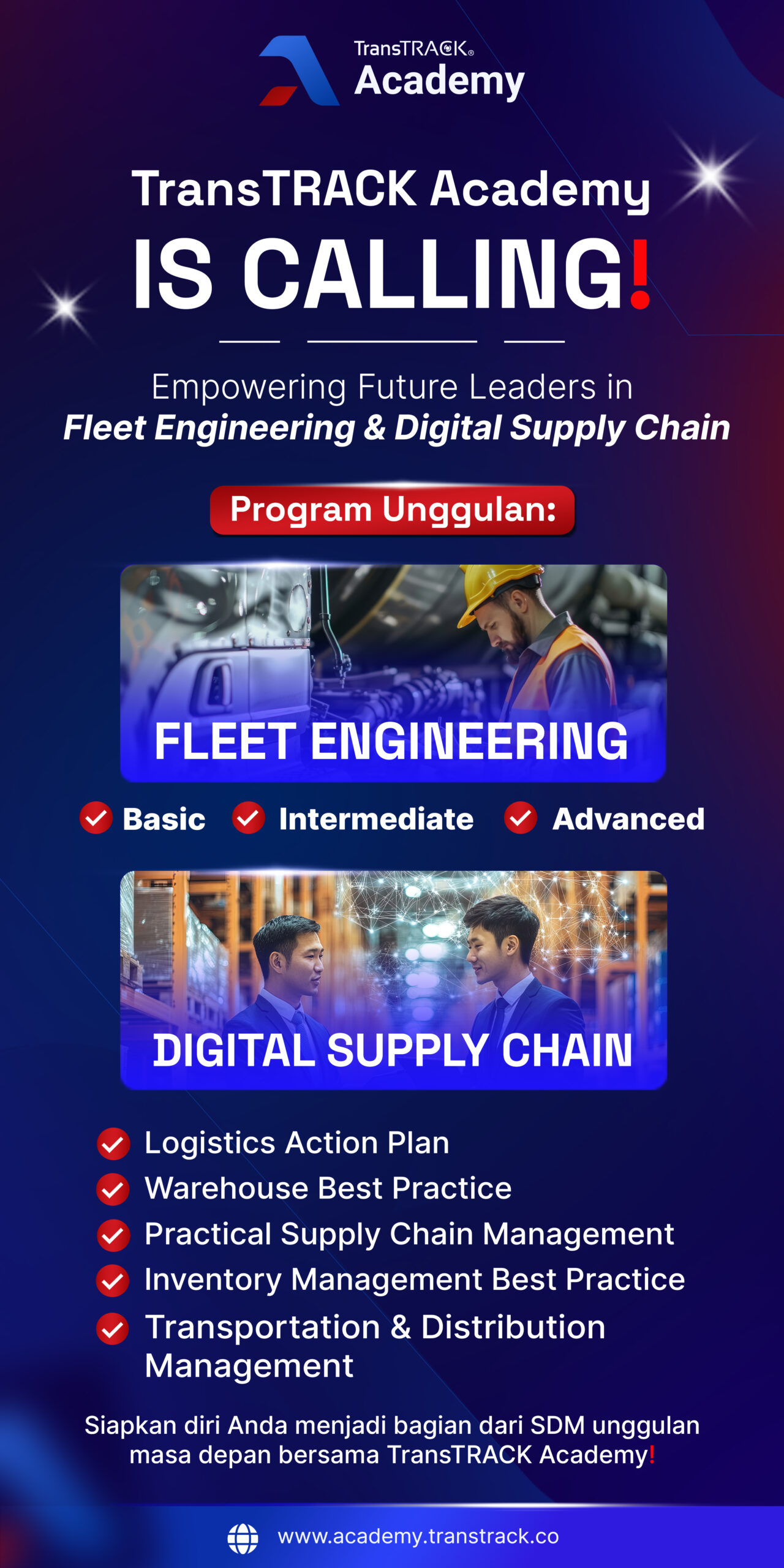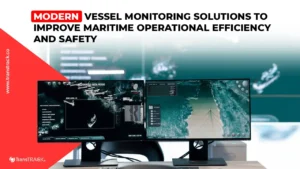Supply Chain Visibility: Know the Foundations of the Modern Supply Chain!
Posted on May 9, 2025 by Nur Wachda Mihmidati

In an increasingly connected and dynamic business world, supply chains aren’t just about moving goods from point A to point B. Modern supply chains demand speed, accuracy and transparency to meet market expectations and proactively manage risk. Modern supply chains demand speed, accuracy and transparency to enable companies to meet market expectations and proactively manage risk. This is where the importance of Supply Chain Visibility – the ability to see, understand and control every process in the supply chain in real-time and end-to-end.
Without adequate visibility, companies are vulnerable to delays, waste, and disruptions that can have a direct impact on business performance and customer satisfaction. Therefore, companies that want to remain competitive must start investing in technologies and strategies that enable holistic and integrated supply chain visibility.
This article will discuss what Supply Chain Visibility is, its benefits to companies, supporting technologies, as well as effective implementation strategies – concluding with the integrated solutions offered by TransTRACK to address such needs.
What is supply chain visibility?
Supply Chain Visibility (SCV) or supply chain visibility is the ability to track and monitor every component, process, and movement of goods, information, and data along the supply chain – from raw materials, production processes, shipping, to products to the hands of end customers – in real-time and thoroughly.
What are the benefits of supply chain visibility for companies?
The benefits of Supply Chain Visibility (SCV) for companies are significant, especially in improving operational efficiency, reducing risk, and increasing customer satisfaction. Here are the main benefits:
1. Faster and More Accurate Decision Making
With access to real-time data on stock, deliveries, and production, management can respond faster to changing market conditions, customer demand, or operational disruptions.
2. Improved Operational Efficiency
SCV helps identify bottlenecks, delays, or inefficiencies along the supply chain. This enables companies to devise improvement strategies and optimize processes.
3. Cost Reduction
Comprehensive visibility enables early detection of waste, overstocks, or unnecessary logistics costs, allowing companies to save money.
4. Risk and Disruption Mitigation
SCV allows companies to detect potential disruptions such as delivery delays, vendor issues, or document discrepancies, so that preventive measures can be taken early.
5. Increased Customer Satisfaction
With accurate and real-time information, companies can provide timely delivery estimates and better customer service, which increases customer confidence.
6. Regulatory Compliance
SCV facilitates the tracking and documentation required to meet legal and regulatory requirements, including customs compliance, security, and certification.
7. Better Collaboration with Partners
Open and integrated data strengthens collaboration with suppliers, distributors, and third parties, as all parties have access to the same information.
8. Better Prediction and Planning
With historical data and trends that can be analyzed, companies can make more accurate demand projections, production planning, and logistics planning.
By implementing good supply chain visibility, companies will have full control over logistics and distribution operations, ultimately creating a competitive advantage in the market.
What are the technologies that support supply chain visibility?
Internet of Things (IoT), Artificial Intelligence (AI), Blockchain, and Big Data Analytics – are important foundations in building and strengthening modern Supply Chain Visibility (SCV). Here is an explanation of the role of each technology:
1. Internet of Things (IoT)
Role:
- Real-Time Tracking: IoT sensors on vehicles, containers, or goods enable real-time tracking of location, temperature, humidity, vibration, and other conditions.
- Automatic Monitoring: Detects anomalies or damage during transportation (e.g. out-of-bounds temperatures for pharmaceutical or food products).
Example:
- GPS trackers on delivery trucks
- Temperature sensors in cold chain
- RFID for stock tracking and movement of goods in warehouses
2. Artificial Intelligence (AI)
Role:
- Demand & Disruption Prediction: Analyze historical patterns to predict demand, potential delays, or supply chain risks.
- Route & Schedule Optimization: Using intelligent algorithms to plan the most efficient delivery.
- Chatbot & Response Automation: Provide quick information to customers and logistics partners.
Example:
- AI that recommends re-routing when there is traffic or bad weather
- Predictive system for procurement
3. Blockchain
Role:
- Data Transparency & Security: All parties in the supply chain can access the same information with the guarantee of immutability (immutable).
- Clear Audit Trail: Every transaction is permanently recorded, supporting authenticity and regulatory compliance.
- Smart Contracts: Automation of processes such as payments or approvals when certain conditions are met.
Example:
- Farm-to-consumer food supply chain with verifiable track records
- Automated customs documentation
4. Big Data Analytics
Role:
- Deep Insights from Big Data: Combine data from multiple sources (IoT sensors, ERP, WMS, TMS) to produce comprehensive analysis.
- Real-Time Dashboard: Provides visualization of supply chain performance for quick decision making.
- Pattern & Trend Identification: Assists in forecasting and developing long-term supply chain strategies.
Example:
- Vendor performance analysis
- Product distribution heatmap by region
The combination of these technologies creates a supply chain ecosystem that is:
- Connected (IoT)
- Intelligent and adaptive (AI)
- Secure and transparent (Blockchain)
- Data-driven (Big Data Analytics)
The end result is a more responsive, efficient and resilient to disruption supply chain.
What are effective strategies to improve supply chain visibility?
Improving supply chain visibility is key to creating a responsive, efficient, and risk-free distribution chain. By implementing the right strategies, companies can access accurate and real-time information, strengthen coordination between parties, and accelerate decision-making. The following is an explanation of effective strategies to improve Supply Chain Visibility (SCV):
1. ERP (Enterprise Resource Planning) System Integration
ERP system integration allows all business processes – from procurement, production, to distribution – to be connected in one consistent and centralized platform.
- Unify data from various departments to avoid information silos.
- Provides full visibility of goods movement, stock and order status.
- Simplify real-time data-driven planning and reporting.
2. Real-Time Monitoring Dashboard
Real-time dashboards are an important tool for monitoring operational activities in real time, providing data visualizations that make it easier for management to control supply chain performance.
- Provides a live view of delivery, inventory and production status.
- Enables early detection of disruptions or delays.
- Facilitates visual and measurable analysis of supply chain performance.
3. Collaboration with Logistics Partners
Close collaboration with logistics partners and third-party vendors is important to create an open and fully integrated supply chain.
- Open access to tracking data from external parties such as freight forwarders or shipping.
- Improve coordination in the shipping and distribution process.
- Reduce miscommunication and speed up response to changing field conditions.
4. Automated Alerts & Notifications
The implementation of an automated alert system helps companies act quickly on various deviations that occur along the supply chain.
- Send immediate notifications when delays, route deviations, or anomalies in the condition of goods occur.
- Increase the speed of response to potential risks.
- Support efficiency by minimizing delays due to manual intervention.
If these strategies are implemented in an integrated manner, companies will gain comprehensive visibility into the entire supply chain process, ultimately strengthening competitiveness and operational resilience in a dynamic market.
Improving Supply Chain Visibility is no longer an option, but a strategic necessity in the face of modern supply chain complexity. With comprehensive visibility, companies can optimize operations, accelerate decision-making, minimize risks, and improve customer satisfaction.

For this reason, integrated and technology-based solutions are the key to success. TransTRACK serves as a trusted partner through its Logistic Service Integrator platform, which combines real-time tracking, multi-system data integration, analytics dashboards, and automated notifications in one unified system.
Increase visibility and control over your supply chain today with TransTRACK’s Logistic Service Integrator.
Visit www.transtrack.co or contact our team for a demo and further consultation.
Recent Post
Topic :
Recommended Articles

 Bahasa Indonesia
Bahasa Indonesia







